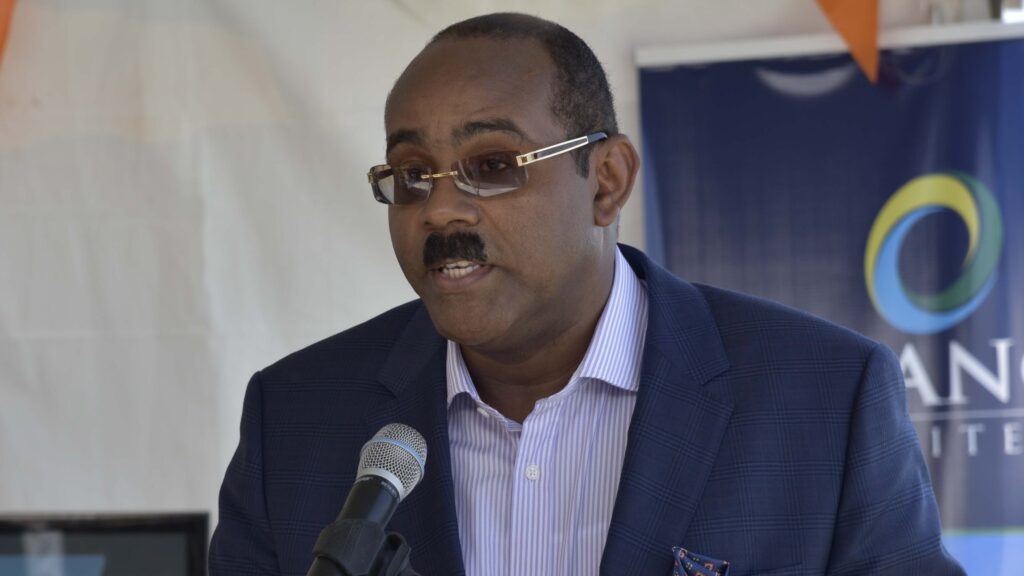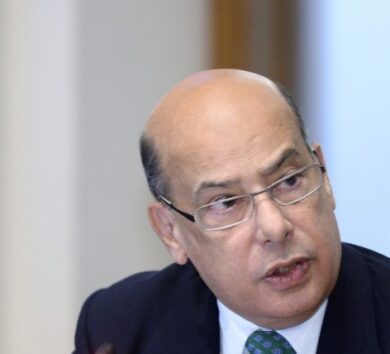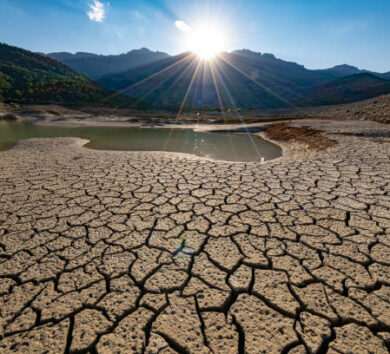
Prime Minister Andrew Holness says Jamaica has enhanced its nationally determined contribution to target a 60 per cent reduction in greenhouse gas emissions by 2030.
“We, like all Small Island Developing States (SIDS) and many developing countries remain committed to advancing climate action and we are determined to build forward stronger, better and greener,” Holness said as he addressed the opening of a two-day virtual Leaders Summit on Climate today (April 22).
Holness said Jamaica is also “greatly encouraged by the United States (US) announcement to cut emission by half”, and is heartened that the US has rejoined the Paris Agreement – an important expression of global solidarity for climate action.
The Jamaican prime minister stressed that it was critical that the world’s commitment of US$100 billion per year to support climate action in developing countries is not only honoured but that the ambition be increased and major emitters should contribute more to its financing.

“We welcome President [Joseph] Biden’s announcement in this regard. I encourage all governments to play their part in achieving this goal, and the private sector must also be engaged,” he said.
In the meantime, Holness said that, while some progress has been made, “significant hurdles remain” in terms of developing countries having greater and equitable access to climate financing.
“While increasing the quantum of financing is necessary, it will not be sufficient to address the needs of SIDS unless it is accessible and flexible enough to [provide] support for our vulnerabilities,” Holness said.
He, therefore, suggested several specific actions that need to be taken in order to ensure developing countries get equitable access, including the establishment of a global disaster fund to help SIDS to recover and manage disaster risks; the development of innovative, risk-informed financing for disasters and climate events; and the inclusion of vulnerability measures as the prime consideration in determining access to financing, rather than only income criteria.
Holness further called for the scaling up of debt for climate adaptation swaps to simultaneously address climate crises and the systematic debt issues affecting already burdened developing countries.

“Jamaica has great sprinters and we know that a great start does not guarantee a win. It requires momentum-building – in this case, an accessible and equitable climate finance mechanism. We have raised our ambition and now call on major economies to step up and sprint with us to the finish line,” he added.
Holness was one of two Caribbean Heads of Government who were invited to participate in the Summit convened by Biden.
A total of 40 leaders from around the world, including Holness and Gaston Browne, prime minister of Antigua and Barbuda, were invited as key voices in the climate fight.

The invitees included those countries that have demonstrated strong climate leadership, are especially vulnerable to climate impacts, or are charting innovative pathways to a net-zero economy.
The Summit is a key milestone on the road to the United Nations (UN) Climate Change Conference (COP26) this November in Glasgow and is designed to increase the chances for meaningful outcomes on global climate action at COP26.
In addition, the Summit will reconvene the Major Economies Forum (MEF) on Energy and Climate, a US-led initiative that brings together 17 countries responsible for approximately 80 per cent of global emissions and global gross domestic product (GDP).
The primary objective of the Summit is to encourage the world’s major economies, and especially the original members of the MEF, to enhance ambition to keep the goal of limiting warming to 1.5 degrees Celsius within reach.

The key themes of the Summit include galvanising efforts by the world’s major economies to reduce emissions during this critical decade to keep the goal of limiting warming to 1.5 degree Celsius within reach; mobilising public- and private-sector finance to drive the net-zero transition and to help vulnerable countries cope with climate impacts; and the economic benefits of climate action, with a strong emphasis on job creation, and the importance of ensuring all communities and workers benefit from the transition to a new clean-energy economy.
Other key themes look at spurring transformational technologies that can help reduce emissions and adapt to climate change while also creating enormous new economic opportunities and building the industries of the future; and showcasing subnational and non-state actors that are committed to green recovery and an equitable vision for limiting warming to 1.5 degree Celsius and are working closely with national governments to advance ambition and resilience.
Another major theme involves discussing opportunities to strengthen capacity to protect lives and livelihoods from the impacts of climate change, address the global security challenges posed by climate change and the impact on readiness, and address the role of nature-based solutions and achieving the goal of net zero by 2050.
READ: Prime Minister Andrew Holness’ statement at Virtual Leaders’ Summit on Climate







Comments